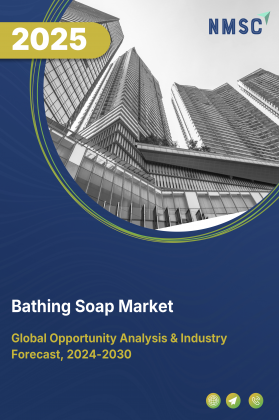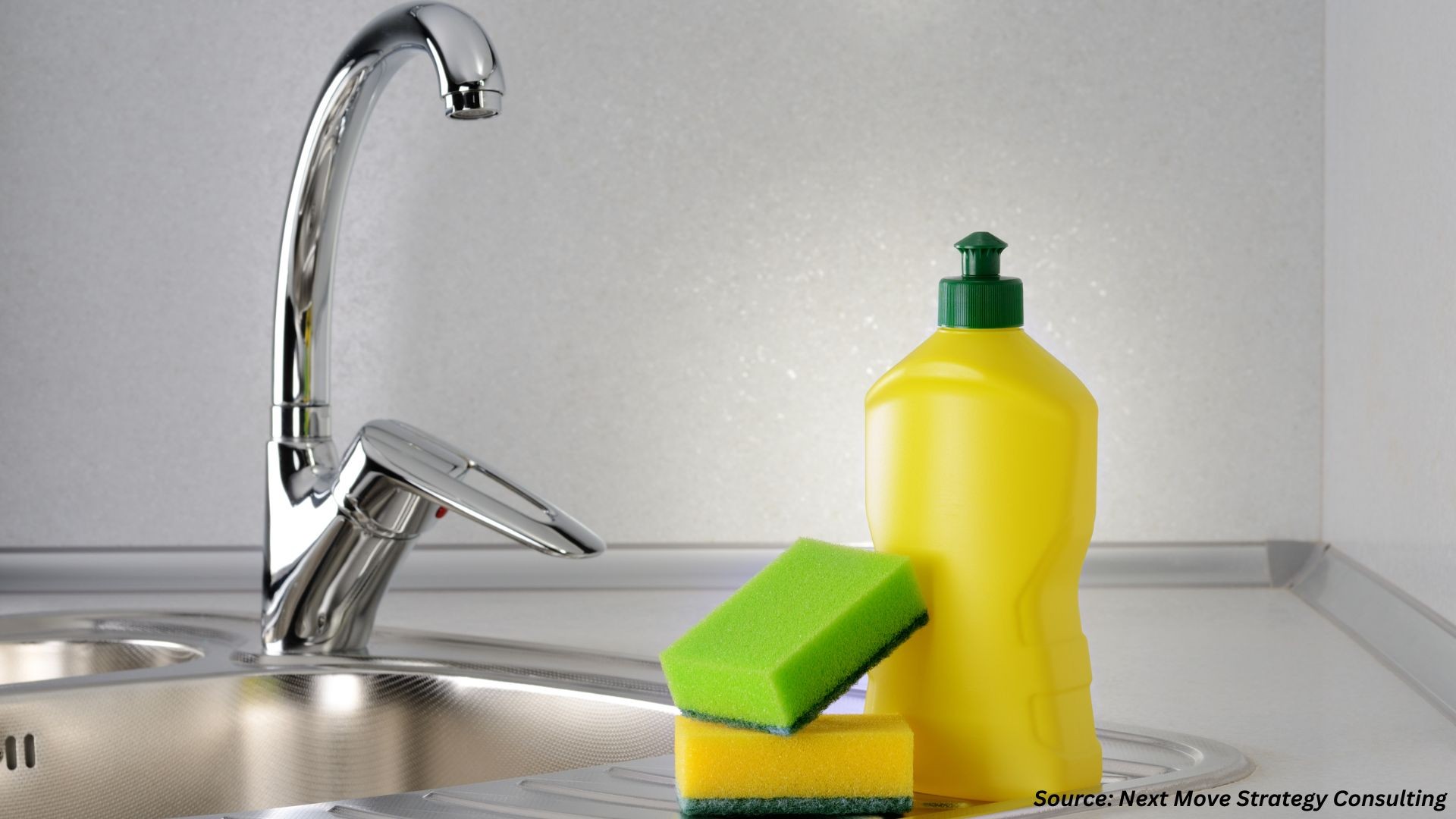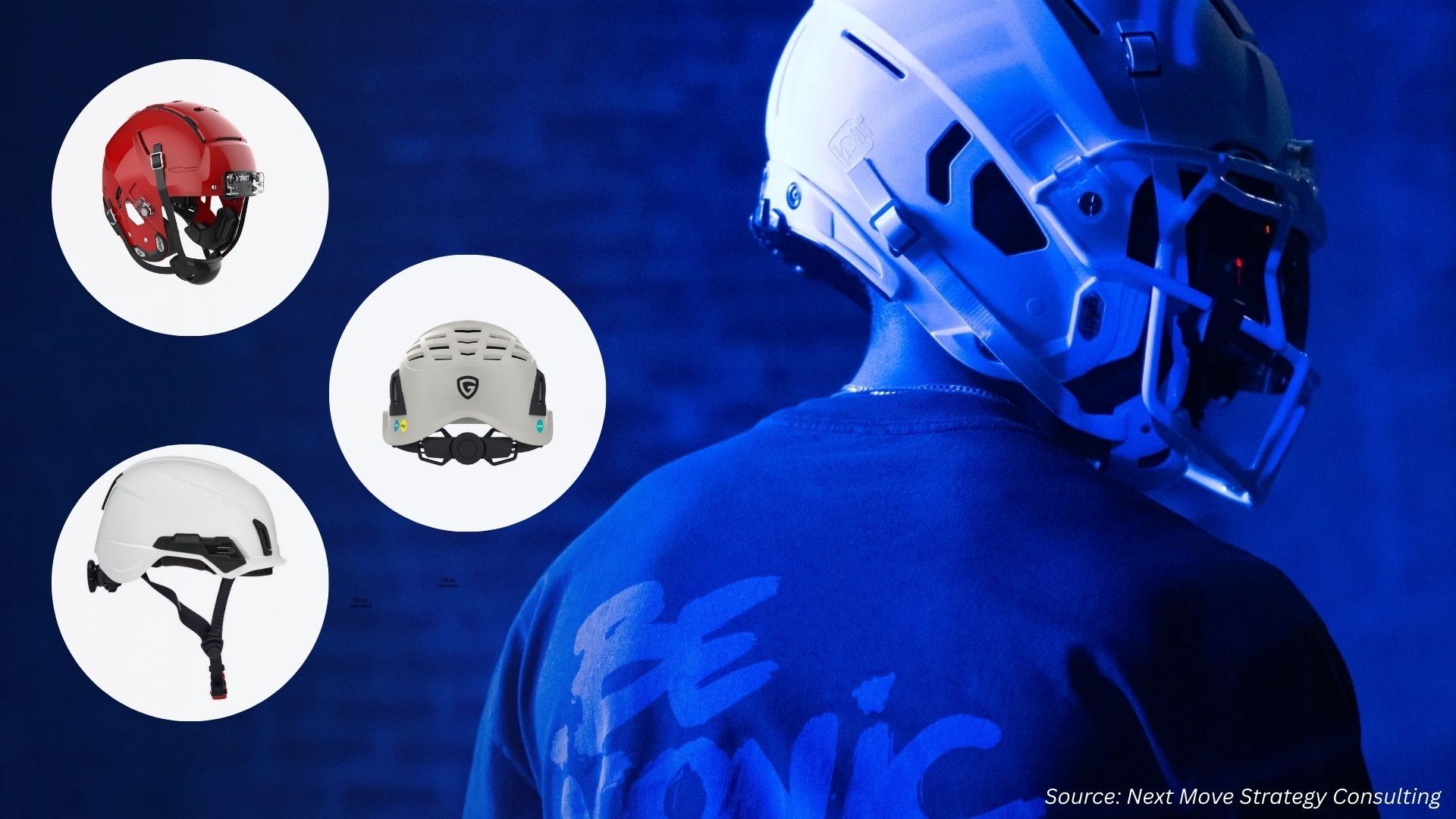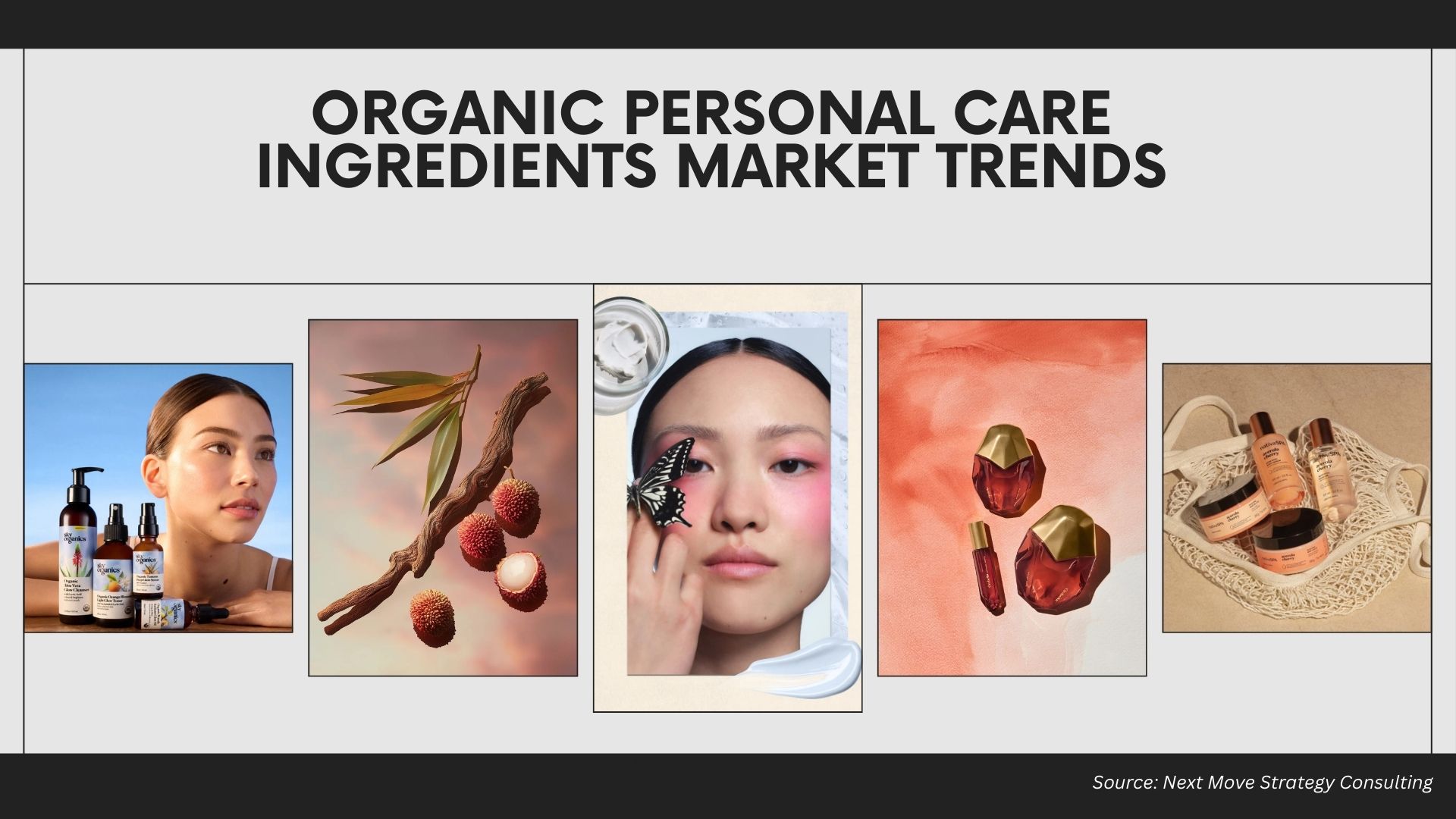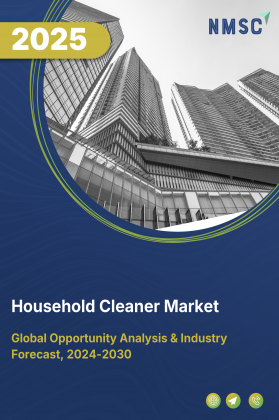
Household Cleaner Market by Product Type (Bleaches & Whitening Agents, Surface Cleaners, Glass Cleaners, Toilet Bowl & Bathroom Cleaners, Others), by Formulation (Conventional, Natural), by Packaging Size (Retail-sized Household Packaging, Institutional Packaging), by Price (Economy, Mid-segment, Premium), by Distribution Channel (Offline Retail, Online/E-commerce), by Application (Kitchen, Bathroom, Fabrics, Utensils) – Global Opportunity Analysis and Industry Forecast, 2025–2030.
Industry Overview
The global Household Cleaner Market size was valued at USD 45.85 billion in 2024, with an estimation of USD 48.23 billion in 2025 and is predicted to reach USD 62.15 billion by 2030 with a CAGR of 5.2% from 2025-2030.
The market is expanding steadily, driven by rising disposable incomes, rapid urbanization, changing lifestyles, and the growth of e-commerce and direct-to-consumer channels. Increasing purchasing power is fueling demand for premium, eco-friendly, and multifunctional cleaning solutions. Urban middle-class households, particularly in emerging economies, are shifting from traditional methods to branded, ready-to-use products, supported by greater access to organized retail and online platforms.
Although the high cost of sustainable products continues to limit adoption in price-sensitive segments, eco-labeled and certified cleaners are gaining popularity. Sustainability is expected to evolve from a niche preference to a key mainstream driver, shaping innovation and long-term market growth.
Rising Incomes and Conscious Living Drive Premium Household Cleaner Demand
As disposable incomes continue to rise, consumers are increasingly prioritizing premium and eco-friendly household cleaning solutions over basic products. The U.S. alone witnessed a USD 189.4 billion (+0.8%) increase in disposable personal income in April 2025, as reported by the Bureau of Economic Analysis (BEA), highlighting a surge in consumer purchasing power.
This shift is translating into growing demand for specialized cleaners, such as multi-surface disinfectants, biodegradable sprays, and antibacterial floor cleaners, particularly among urban households with dual incomes. Moreover, evolving lifestyles, increased focus on home hygiene, and heightened environmental awareness are driving consumers in both developed and emerging markets toward high-performance, sustainable household cleaning products.
Expanding Urban Middle-Class Population Fuels the Market Growth
The rapid pace of urbanization in emerging economies is reshaping consumer behavior, particularly in the household cleaner market demand. As more people migrate to cities, especially in Asia and Africa, the demand for convenient and effective cleaning solutions continues to rise. According to the United Nations (UN), approximately 55% of the global population lived in urban areas as of previous years, a figure projected to increase to 68% by 2050 adding about 2.5 billion people to urban regions. Notably, 90% of this growth will occur in Asia and Africa.
This urban shift is closely tied to the rise of a health-conscious, time-strapped middle class that values branded, ready-to-use household cleaning products over traditional or homemade alternatives. In increasingly compact urban living spaces, consumers prefer products that are multifunctional, efficient, and easy to store.
Growing access to organized retail and e-commerce further accelerates the adoption of modern cleaning products, making them more accessible to urban households across emerging markets. As this demographic expands, so does its purchasing power driving consistent growth in the demand for reliable and high-performance household cleaners.
Rise of E-Commerce and Direct-to-Consumer (DTC) Channels Boost the Market Growth
The growing prominence of e-commerce platforms and direct-to-consumer (DTC) models is transforming the distribution landscape of household cleaning products. Consumers benefit from seamless access to a broad spectrum of branded and niche offerings via online marketplaces and dedicated brand portals. This trend is particularly influential in regions with limited traditional retail infrastructure, as well as among consumer segments prioritizing convenience and time efficiency.
Digital platforms facilitate enhanced product visibility, price transparency, and the adoption of subscription-based services that promote recurring purchases and strengthen brand loyalty. Moreover, online channels provide manufacturers with the flexibility to introduce exclusive product variants, pilot new formulations, and deliver personalized cleaning solutions based on real-time consumer insights. With rising global digital adoption and smartphone penetration, e-commerce continues to emerge as a critical growth enabler for both established players and emerging brands in the household cleaner’s market.
High Cost of Sustainable and Premium Cleaning Products Restrain the Market Growth
While there is growing consumer interest in eco-friendly and premium household cleaning products, the relatively high cost of these offerings remains a significant barrier to widespread adoption. Products formulated with biodegradable ingredients, non-toxic compounds, and sustainable packaging come at a premium price point compared to conventional cleaners. This pricing disparity deters price-sensitive consumers, particularly in emerging markets or low-income segments, where affordability remains a key purchasing factor.
Moreover, despite rising awareness, a portion of consumers remains skeptical about the efficacy of green products, which further limit their acceptance. The cost of compliance with environmental standards and obtaining sustainability certifications also adds to the operational burden for manufacturers, potentially impacting their pricing strategy. As a result, the high cost of sustainable alternatives slows down the overall market penetration of eco-labeled household cleaners in the near term.
Eco-Labeled and Certified Sustainable Products Unlocks Growth Opportunities in the Market
The rising emphasis on sustainability is expected to unlock substantial future opportunities for growth in the market. As consumers increasingly seek environmentally responsible alternatives, products bearing trusted eco-labels and certifications, such as the EU Ecolabel, Green Seal, and other national or international standards are likely to see a surge in demand. This trend reflects a broader shift toward transparency, environmental accountability, and health-conscious living.
Going forward, brands that proactively invest in green certifications, biodegradable formulations, and sustainable packaging will be better positioned to capture market share, particularly among younger, eco-conscious consumers. As regulatory bodies and consumers alike place greater scrutiny on product sustainability, certified household cleaners are anticipated to move from niche offerings to mainstream essentials, driving innovation, brand differentiation, and long-term market value.
Market Segmentations and Scope of the Study
The household cleaner market report is segmented by product type, formulation, packaging size, price range, distribution channel, application, and region. Product types include bleaches and whitening agents, surface cleaners, glass cleaners, laundry cleaners, toilet bowl and bathroom cleaners, dishwashing and utensil cleaners, specialty cleaners, disinfectants and sanitizers, and air fresheners and odor-control products. Formulation categories cover conventional chemical-based cleaners and natural plant-derived variants. Packaging sizes range from retail-sized household packs to institutional bulk formats. Price segments span economy, mid-segment, and premium products. Distribution channels include offline retail and online/e-commerce platforms, with offline further segmented into hypermarkets and supermarkets, convenience stores, specialty stores, and others. Applications include kitchen, bathroom, fabrics, and utensils. The market spans North America, Europe, Asia-Pacific, and the Rest of the World.
Geographical Analysis
In North America, the household cleaner market share is driven by a strong culture of hygiene and preventive home care, supported by widespread availability of advanced cleaning solutions. High consumer awareness about health, sanitation, and germ prevention, reinforced by frequent public health campaigns, fuels demand for disinfectants, multi-surface cleaners, and specialty cleaning products. The region’s well-developed retail and e-commerce infrastructure ensures easy access to a wide variety of premium and eco-friendly options, while higher disposable incomes encourage adoption of branded, high-performance, and sustainable cleaning solutions.
In Europe, the market is driven by strong consumer demand for eco-friendly and sustainable cleaning solutions, reinforced by strict environmental regulations and product safety standards. High awareness of environmental impact, along with growing initiatives promoting biodegradable formulations and recyclable packaging, is pushing manufacturers toward natural and non-toxic product innovation.
According to the European Commission in 2024, the EU began revising its cleaning-product criteria to further limit hazardous chemicals and enhance eco-performance standards, strengthening consumer trust in certified cleaners. This regulatory momentum, combined with established retail networks and expanding online sales, continues to accelerate the adoption of premium and certified household cleaners across the region.
In Asia-Pacific, the market is fuelled by rapid urbanization, rising disposable incomes, and increasing hygiene awareness across emerging economies. The expanding urban middle class is moving away from traditional cleaning methods toward branded, ready-to-use products that offer convenience, efficiency, and multifunctionality.
According to the World Bank, the urban population accounted for 37% of India’s total population in 2024 and 66% in China, underscoring the scale of urban consumer bases in two of the region’s largest markets. Growing health consciousness, coupled with the rapid adoption of e-commerce platforms, particularly in areas with limited organized retail, continues to enhance access to modern cleaning solutions and drive market growth.
In the Rest of World region, particularly in Latin America and Africa, the market is increasingly driven by expanding digital connectivity and growing e-commerce adoption. Rising internet penetration and improved access to mobile devices are enabling more consumers to purchase household cleaning products online, including through mobile-first platforms and click-and-collect services.
These digital channels offer greater convenience, a wider product selection, and easier access to premium brands, even in areas with limited physical retail infrastructure. As online shopping becomes more ingrained in consumer habits, it is significantly broadening the reach of modern household cleaning products and contributing to sustained market growth.
Strategic Innovations Adopted by Key Players
Key players in the household cleaner industry are advancing growth through sustainability-driven packaging innovations, cutting-edge product design, and high-impact global launches.
-
In June 2025, SC Johnson outlines packaging and product-design innovations to reduce plastic waste across its household brands. While it’s sustainability-focused, it pertains to household products’ packaging/circularity, an important market driver.
-
In May 2025, Procter & Gamble has unveiled the Swiffer Sweep + Mop Deluxe, a new floor-cleaning tool designed with a collapsible stick for easy storage in small spaces. The updated model features a 360-degree swivel head, stronger pole, and versatile mop-to-sweeper functionality, marking the brand’s latest innovation in the home-care category.
-
In February 2025, Unilever has achieved a historic milestone with the global rollout of its Wonder Wash laundry detergent under the Dirt Is Good brand (marketed as Persil, OMO, Surf Excel, Breeze, Rinso, Ala, or Skip, depending on geography). This marks the company’s fastest and most significant home care launch to date.
Key Benefits
-
The market report provides quantitative analysis and estimations of the market from 2024 to 2030, which assists in identifying the prevailing industry opportunities.
-
The study comprises a deep-dive analysis of the current and future household cleaner market trends to depict prevalent investment pockets in the sector.
-
Information related to key drivers, restraints, and opportunities and their impact on the market is provided in the report.
-
Competitive analysis of the players, along with their market share is provided in the report.
-
SWOT analysis and Porter's Five Forces model is elaborated in the study.
-
Value chain analysis in the market study provides a clear picture of the roles of stakeholders
Household Cleaner Market Key Segments
By Product Type
-
Bleaches & Whitening Agents
-
Surface Cleaners
-
Glass Cleaners
-
Laundry Cleaners
-
Toilet Bowl & Bathroom Cleaners
-
Dishwashing & Utensil Cleaners
-
Specialty Cleaners
-
Disinfectants & Sanitizers
-
Air Fresheners & Odor-Control Products
-
Others
By Formulation
-
Conventional
-
Natural
By Packaging Size
-
Retail-sized household packaging
-
Institutional packaging
By Price
-
Economy
-
Mid‑segment
-
Premium
By Distribution Channel
-
Offline Retail
-
Online/E-commerce
-
Hypermarkets and Supermarkets
-
Convenience Stores
-
Specialty Stores
-
Others
-
By Application
-
Kitchen
-
Bathroom
-
Fabrics
-
Utensils
-
Others
By Region
-
North America
-
The U.S.
-
Canada
-
Mexico
-
-
Europe
-
The UK
-
Germany
-
France
-
Italy
-
Spain
-
Denmark
-
Netherlands
-
Finland
-
Sweden
-
Norway
-
Russia
-
Rest of Europe
-
-
Asia-Pacific
-
China
-
Japan
-
India
-
South Korea
-
Australia
-
Indonesia
-
Singapore
-
Taiwan
-
Thailand
-
Rest of Asia-Pacific
-
-
RoW
-
Latin America
-
Middle East
-
Africa
-
Key Players
-
The Procter & Gamble Company
-
Henkel AG & Co. KGaA
-
Reckitt Benckiser Group PLC
-
The Clorox Company
-
Church & Dwight Co., Inc
-
3M Company
-
Kao Corporation
-
Amway Corp
-
Lion Corporation
-
Zep, Inc.
-
Wipro Consumer Care and Lighting
-
Seventh Generation, Inc.
-
Ecover N.V.
REPORT SCOPE AND SEGMENTATION:
|
Parameters |
Details |
|
Market Size in 2025 |
USD 48.23 Billion |
|
Revenue Forecast in 2030 |
USD 62.15 Billion |
|
Growth Rate |
CAGR of 5.2% from 2025 to 2030 |
|
Analysis Period |
2025–2030 |
|
Base Year Considered |
2024 |
|
Forecast Period |
2025–2030 |
|
Market Size Estimation |
Billion (USD) |
|
Growth Factors |
|
|
Countries Covered |
28 |
|
Companies Profiled |
15 |
|
Market Share |
Available for 10 companies |
|
Customization Scope |
Free customization (equivalent up to 80 working hours of analysts) after purchase. Addition or alteration to country, regional, and segment scope. |
|
Pricing and Purchase Options |
Avail customized purchase options to meet your exact research needs. |

















 Speak to Our Analyst
Speak to Our Analyst



